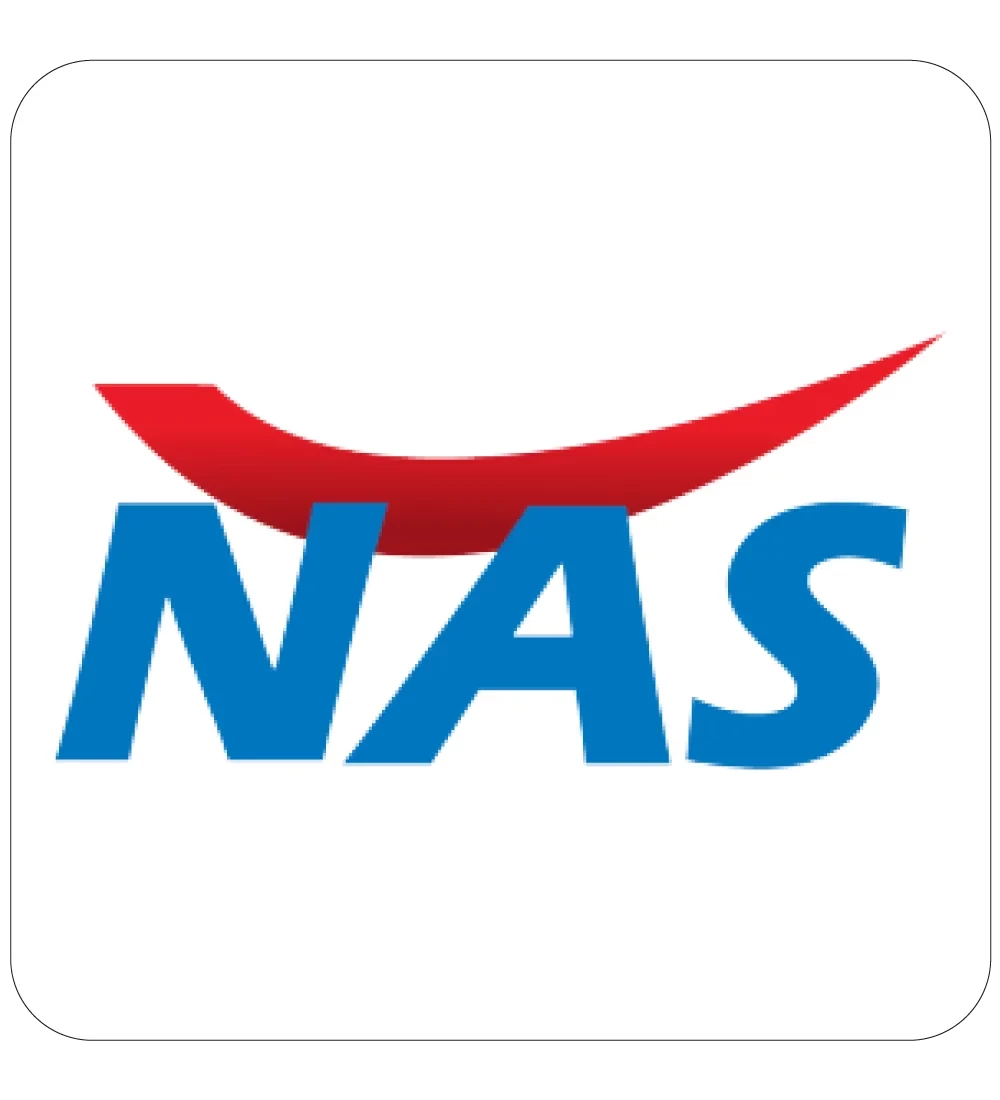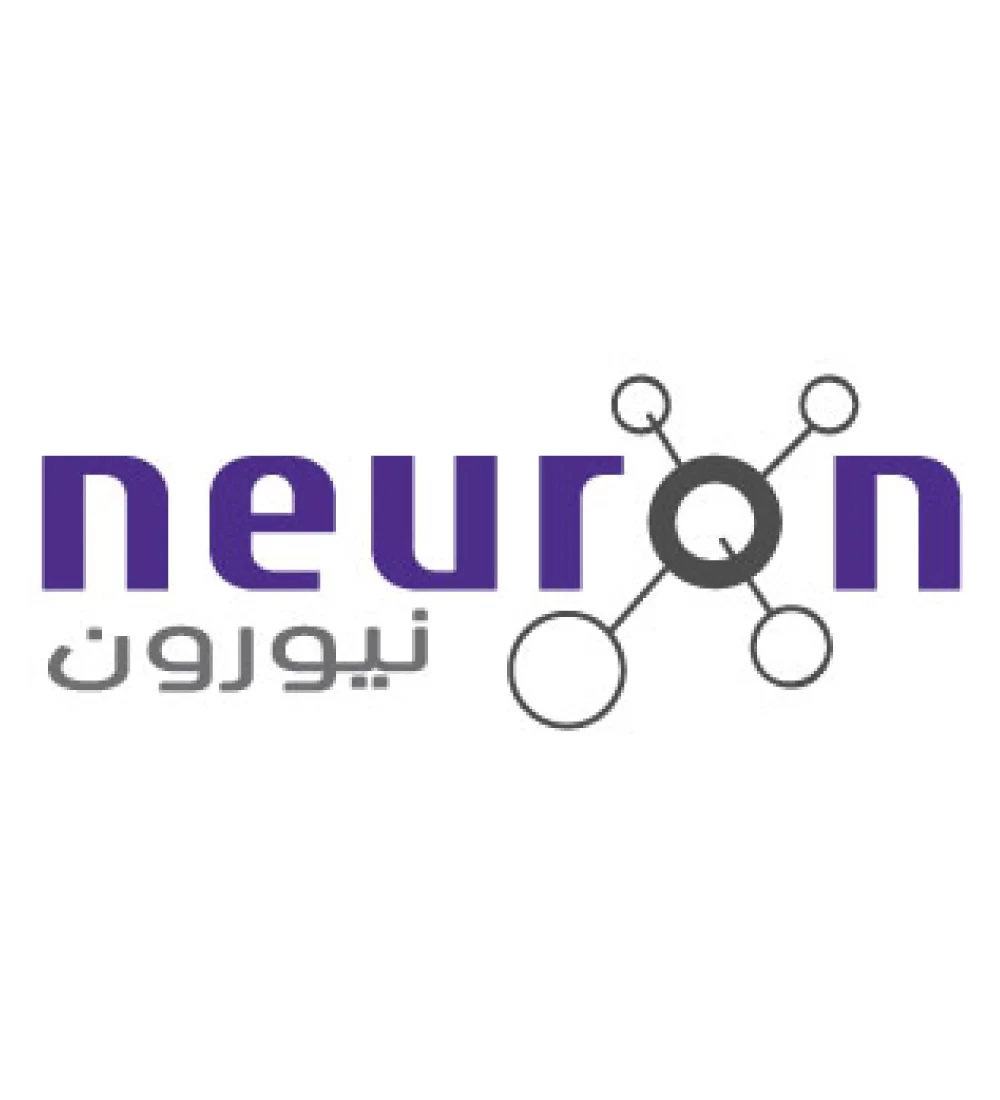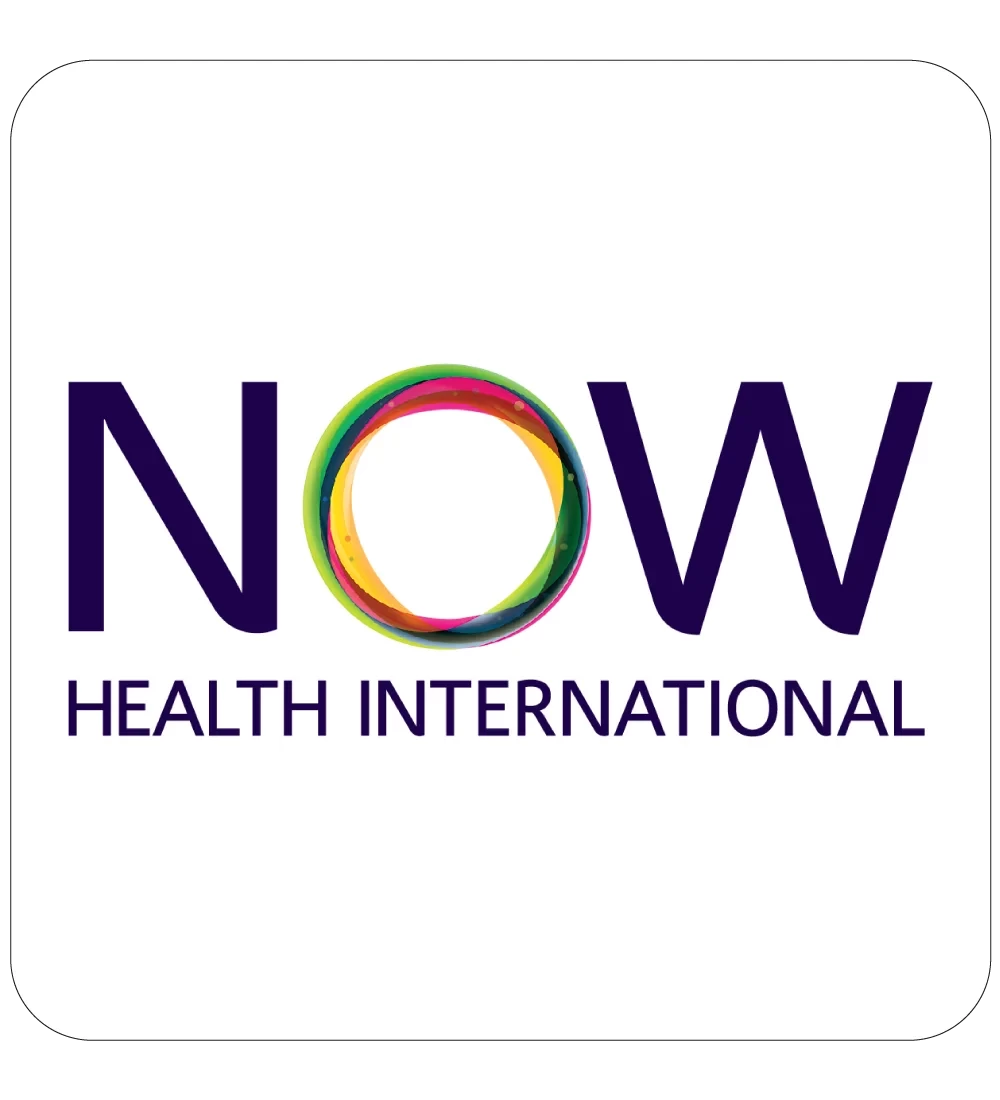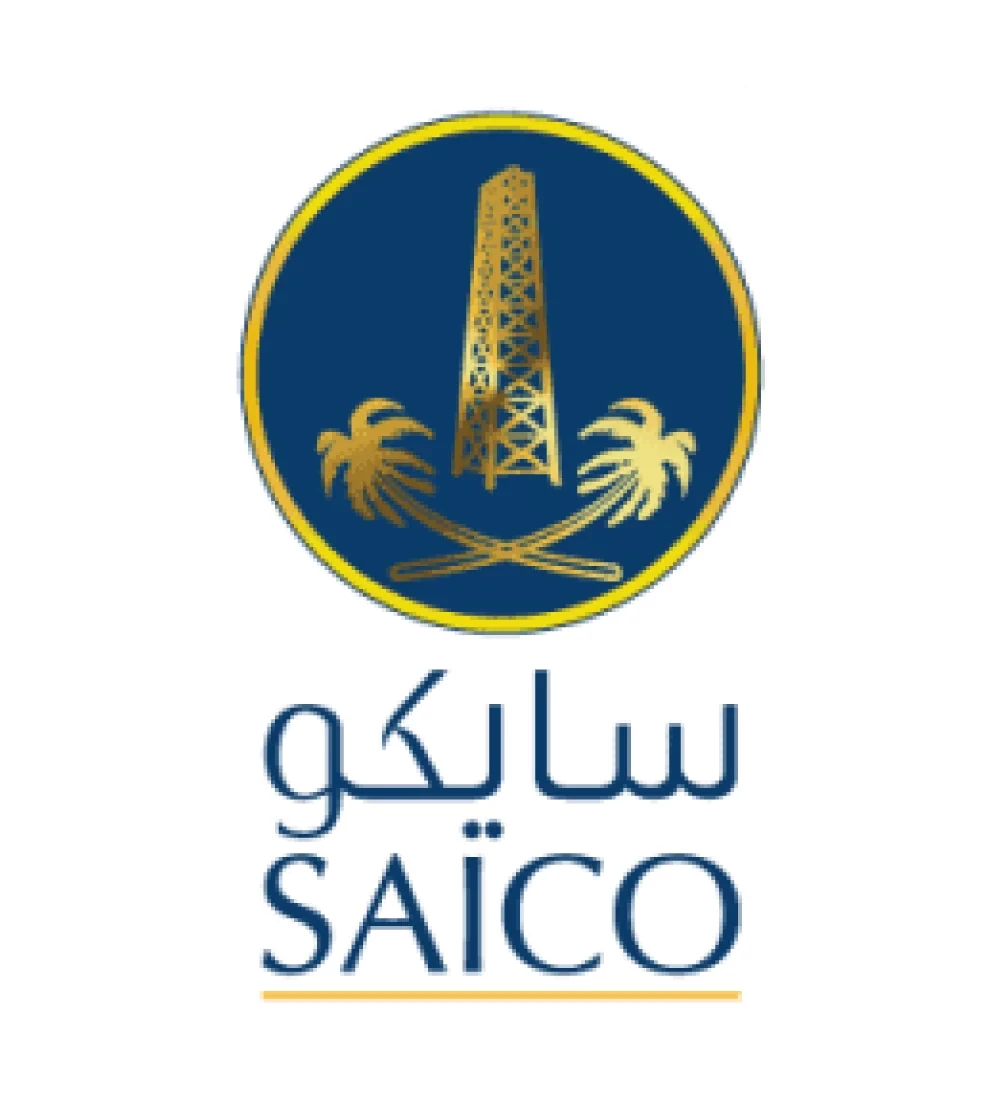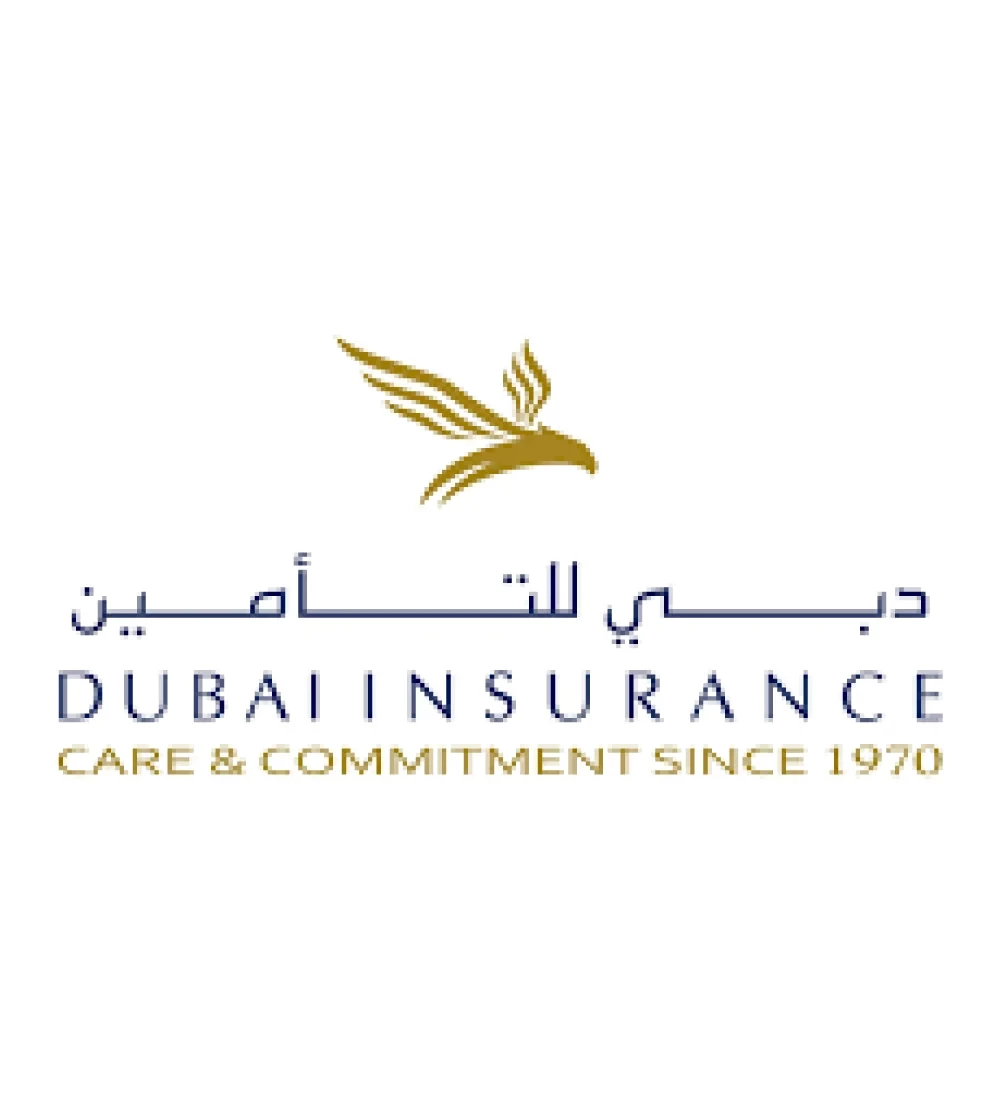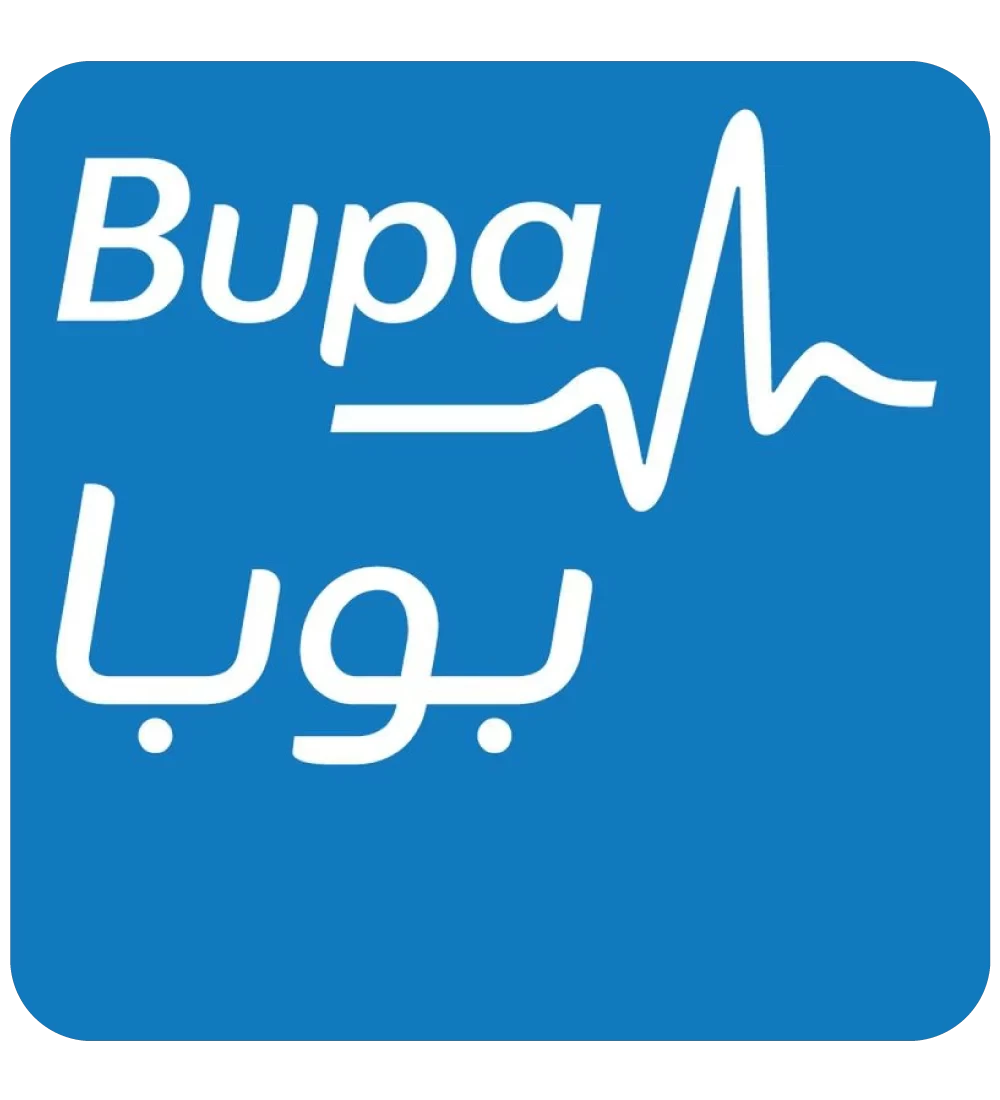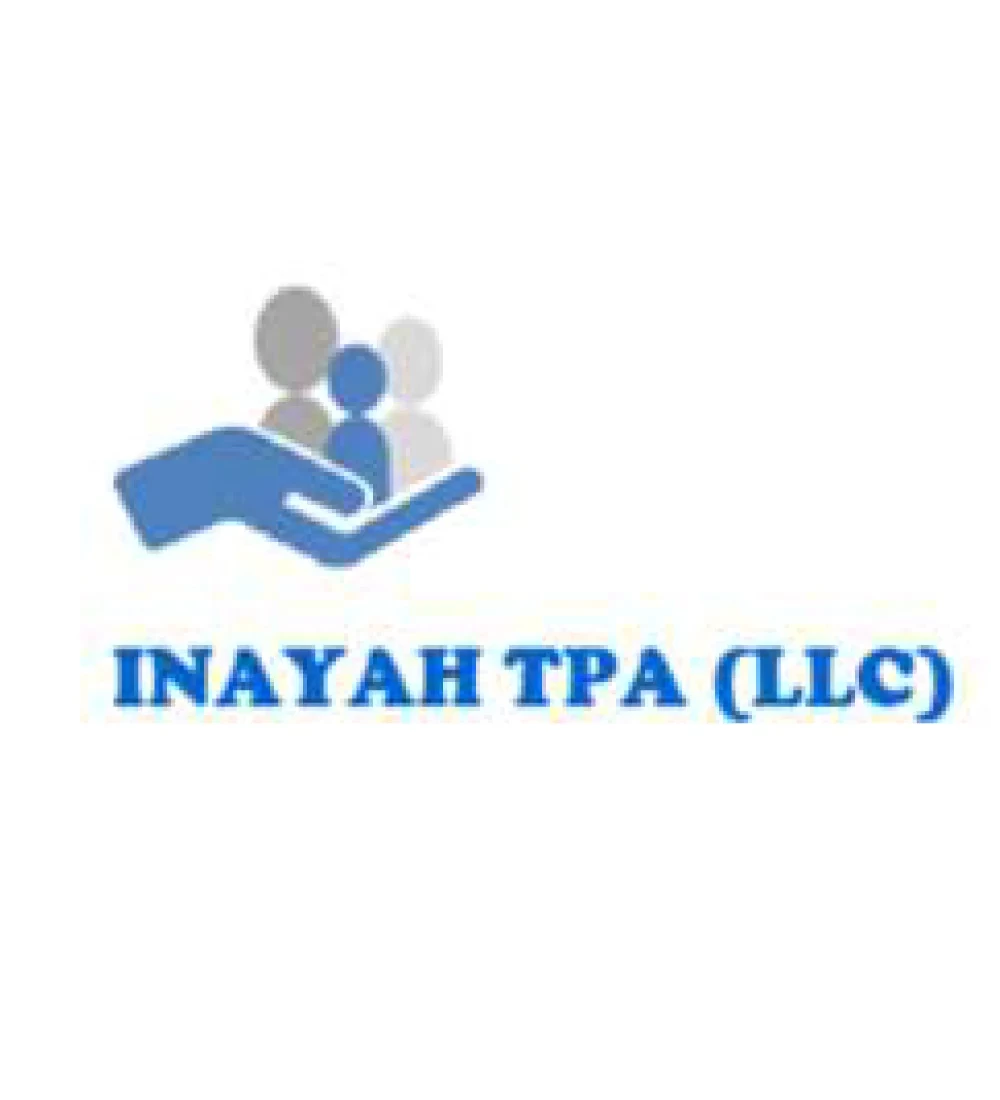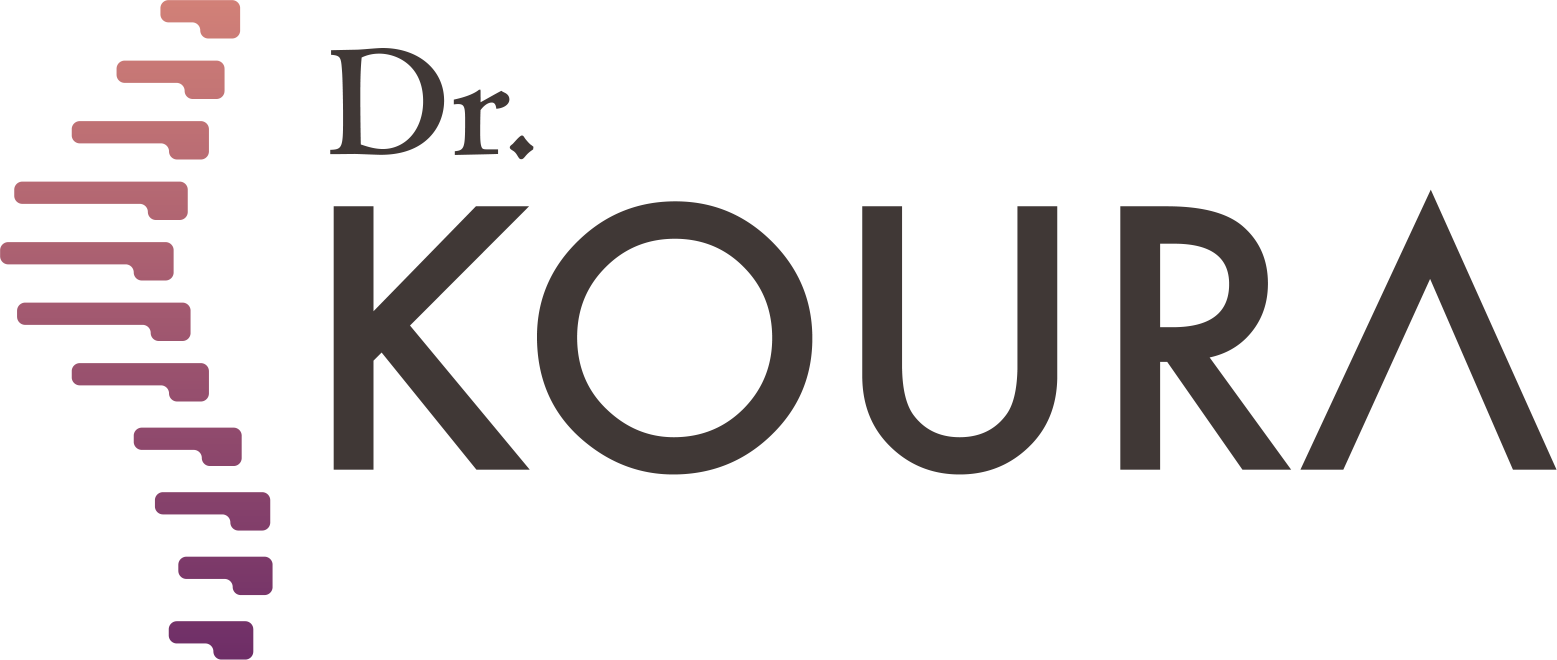
To see patients' reviews
Click hereCervical herniated disc exercises
-webp.webp)

Neck and Shoulder Pain: Effective Exercises for Cervical Disc Herniation
Neck and shoulder pain is one of the most common complaints in modern times, and many people suffer from issues related to cervical discs. But did you know that practicing the right exercises can be an effective solution for alleviating this pain? In this article, we will explore neck disc exercises and how to perform them correctly, contributing to improving your quality of life.
Dr. Mohamed Koura’s center is a pioneer in the field of non-surgical diagnosis and treatment for neck problems, offering the best treatment for cervical disc issues without surgery, making it the ideal choice for those looking for effective and safe relief from neck pain. Choosing Dr. Mohamed Koura will provide you with the specialized care you need to eliminate neck and shoulder pain. Let’s review the exercises that will help you regain the flexibility and agility of your neck!
The Importance of Neck Disc Exercises
Neck disc exercises are an effective way to reduce pressure on the nerve roots, as they help return the disc to its natural position, contributing to pain relief and tingling. Additionally, these exercises play a vital role in promoting healing and preventing recurrent injuries.
Benefits of Neck Disc Exercises
-
Increased Blood Flow: Exercises increase blood flow to the spine, enhancing the body’s ability to heal damaged tissues. This improvement in circulation contributes to delivering essential nutrients and removing waste.
-
Strengthening Supporting Muscles: Neck disc exercises help strengthen the muscles surrounding the spine. These muscles play a crucial role in supporting the spine and maintaining its stability, reducing the risk of future injuries.
-
Reducing Pressure on the Spine: By improving flexibility and strengthening muscles, these exercises help reduce the pressure on the spine, which contributes to less pain and promotes overall comfort.
-
Improving Poor Postures: Poor sitting or standing postures are often due to daily habits. Neck disc exercises help correct these postures, positively impacting spinal health and reducing muscle strain.
Effective Exercises to Alleviate Neck Disc Pain
Before starting exercises to relieve neck disc pain, it is important to consult a doctor to choose appropriate exercises. This helps avoid any unsuitable or incorrectly performed exercises that may worsen the injury. It is also advisable to avoid neck disc exercises during the acute phase of herniation.
Here are some of the best exercises for treating neck disc issues:
1. Neck Extension Exercise
This exercise is effective for treating neck disc issues and is performed as follows:
- Lie on your back with your neck at the edge of the bed.
- Slowly move your head backward so that it hangs off the bed.
- Stay in this position for one minute, then rest for one minute.
- Repeat the exercise 5 to 15 times.
2. Neck Extension with Head Lift
This exercise is useful for alleviating pain caused by herniation and can be done as follows:
- Lie on your stomach with your head hanging off the bed.
- Place your arms at your sides.
- Slowly raise your head to its neutral position and hold for 5 to 10 seconds.
- Repeat the exercise 15 to 20 times.
Always remember the importance of consulting your doctor before starting any exercise program to ensure your safety and achieve the best results.
3. Chin Tucks in Supine Position
This exercise can be performed as follows:
- Lie on your back with your knees bent and feet flat on the floor.
- Look at the ceiling, then tuck your chin toward your chest until you feel a slight stretch between your neck and the base of your head.
- Hold this position for 5 seconds.
- Repeat the movement 10 times.
4. Chin Tucks in Sitting Position
To perform this exercise:
- Sit up straight, looking forward.
- Move your head backward so that your chin tucks in, creating a double chin.
- Hold this position for 5 seconds.
- Repeat the exercise up to 10 times.
5. Shoulder Blade Squeeze
This exercise helps relax the neck muscles and reduce pain. To perform it:
- Sit or stand with your back against the wall.
- Relax your arms at your sides naturally.
- Bend your elbows to create a 90-degree angle while keeping the upper arms against the wall.
- Move your shoulders back and down, then push your arms back against the wall while squeezing the shoulder blades together.
- Hold this position for 15 to 30 seconds.
6. Isometric Neck Exercise
This exercise helps contract muscles without moving the surrounding joints, enhancing muscular endurance. It is done by:
- Sitting up straight with relaxed shoulders.
- Place your hand on your forehead and try to tilt your head forward while keeping your hand firmly in place to prevent head movement.
- Hold this position for 6 seconds, then repeat the exercise 8 to 12 times.
Make sure to practice these exercises regularly and consult your doctor when needed to ensure optimal results.
7. Lateral Flexion Strengthening Exercise
This exercise can be done by following these steps:
- Place two fingers on your right temple with your right hand.
- Try to bend your head to the side while gently pressing to prevent the head from tilting.
- Hold this position for 6 seconds.
- Repeat the exercise 8 to 12 times, then switch to the left side.
8. Neck Rotation Exercise
This exercise is effective in reducing pain and relieving pressure on the nerves. It is performed as follows:
- Sit or stand correctly with your head and back straight.
- Slowly turn your head to the right until you feel a stretch in the side of your neck and shoulder.
- Hold this position for 15 to 30 seconds, then return your head to the front.
- Repeat the exercise on the left side.
- You can repeat the exercise 2 to 4 times on each side.
Exercises to Avoid During Recovery from Herniation
During recovery and complete healing from herniation, it is essential to avoid high-intensity exercises and any activities that increase pain. These include running, jumping, lifting weights, or any sport involving sudden movements, as they can exacerbate pain and slow down the healing process.
On the other hand, continuing to perform suitable neck disc exercises helps strengthen muscles and prevent re-injury. It is also crucial to maintain proper sitting posture and learn how to lift objects correctly to reduce the risk of future disc injuries.
In conclusion, this article highlights the importance of adhering to appropriate exercises for treating cervical disc issues and their vital role in promoting complete recovery from cervical disc herniation. These exercises are an essential part of the recovery program, as they contribute to strengthening the muscles surrounding the spine, reducing pain intensity, and enhancing mobility.
Dr. Mohamed Koura’s center is considered one of the leading destinations for specialized treatments, as the medical team there strives to provide comprehensive and integrated care for patients. The center relies on the latest techniques and therapeutic methods, including accurate assessments and non-surgical treatment, enabling patients to return to their normal lives as soon as possible.
Services at Dr. Mohamed Koura’s center provide ongoing support for patients throughout their treatment journey, focusing on offering individualized consultations tailored to each case's needs. Therefore, if you are suffering from cervical disc herniation issues, do not hesitate to visit the center for specialized consultation and effective treatment. You can hope to overcome pain challenges and restore your quality of life, thanks to the exceptional care and commitment of the center's team.
Dr. Mohamed Koura is here to assist you using the latest therapeutic techniques, including thermal radiofrequency and laser treatments for spinal pain without surgery—book your appointment now from here.
Why Choose Dr. Mohamed Koura ?
Simply because he is the best doctor in his feild. He stays updated on the latest treatment technologies through his participation in various international conferences with leading foreign doctors and experts. Finally, and most importantly, Dr. Mohamed Koura is the best doctor in Egypt and the Arab world, possessing 12 non-surgical techniques for treating spinal and joint problems. He was the first to introduce modern interventional treatment techniques in Egypt & the Middle East and is the only one using the disc fx technique to treat spinal pain.
To see patients' reviews
Click hereCertainly not, some cases must be treated surgically, and the most appropriate technique for the patient is determined through a medical examination and the presence of imaging studies.
No, it is necessary to make a reservation through a phone call or social media messages.
There are no risks or side effects associated with non-surgical pain interventions.
The patient needs only 3 to 4 days before they can travel comfortably, and the hospital stay does not exceed 6 to 8 hours.
A condition cannot be accurately assessed and a proper medical diagnosis made without a medical examination and recent imaging studies.
Yes, there are several payment methods available through Visa or electronic wallets by making a reservation on our website.
Certainly, obesity is one of the causes of knee osteoarthritis.
Radiofrequency activates the nerve and does not cause any damage to it.
Non-surgical interventions are a definitive treatment for some cases and pain relievers for other cases, which is determined by the doctor through a medical examination.
If the herniated disc is fully treated, there is a possibility of it reoccurring in some cases, such as not following the doctor's prescribed instructions after the intervention, experiencing an accident, or making a sudden wrong movement like lifting heavy objects.
The entire disc is not removed due to the presence of several risks and it may exacerbate the condition. Only the protruding part that causes pain is removed.
This cannot be done with radiofrequency, but it is performed through other techniques that Dr. Koura conducts.
The success or failure of non-surgical interventions cannot be judged through radiographic imaging because these procedures involve making subtle changes to critical parts to address the issue. Consequently, they do not produce significant changes to avoid potential complications in the future or damage to the spine and joints, which is our primary goal.
Spinal stenosis does not typically cause sciatica. In most cases, disc herniation is what may lead to sciatica. This does not necessarily mean that a patient with sciatica will also have spinal stenosis.
Sciatica may return if the patient does not adhere to the medical instructions provided by the doctor or in the event of an unexpected accident.
A life without pain without surgery
Once you book with Dr. Koura
Get rid of pain with just one call.. Book your appointment now with pain Management consultant Dr. Koura.
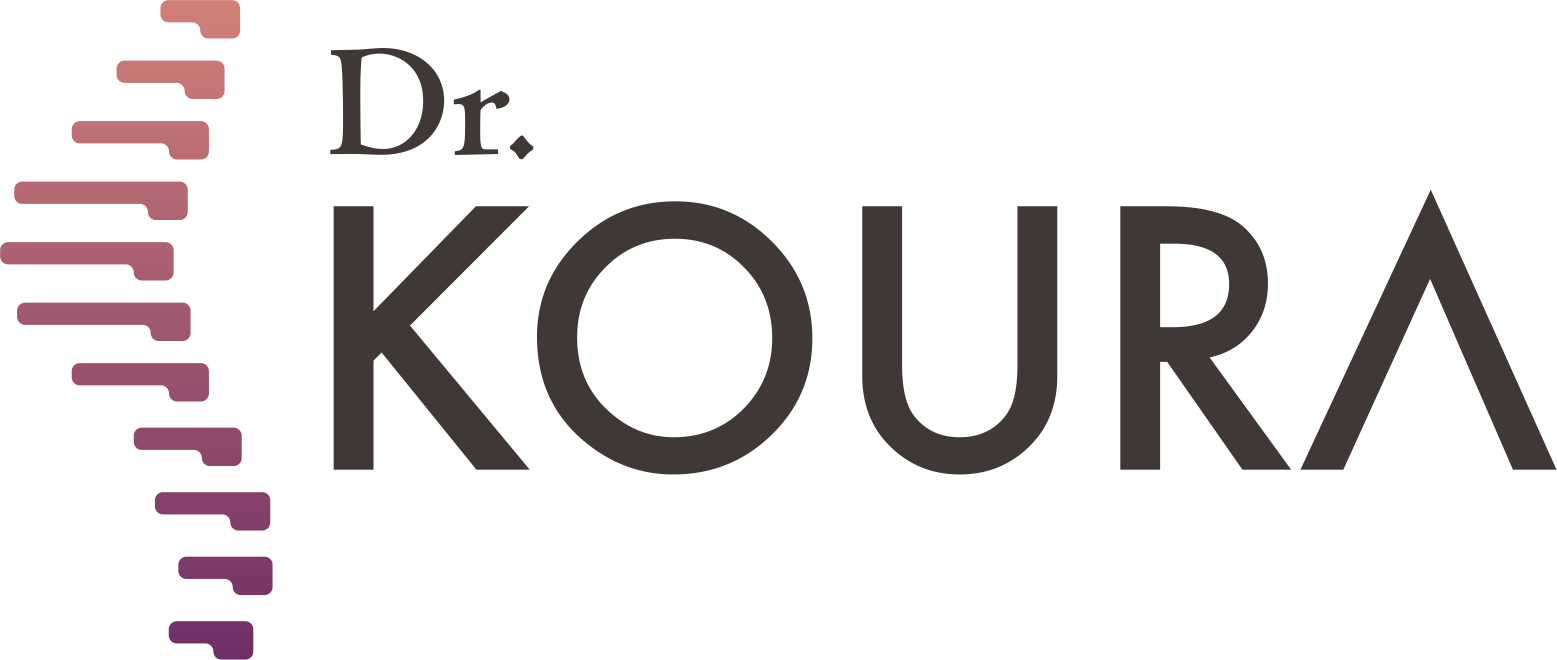





-webp.webp)




-webp.webp)






